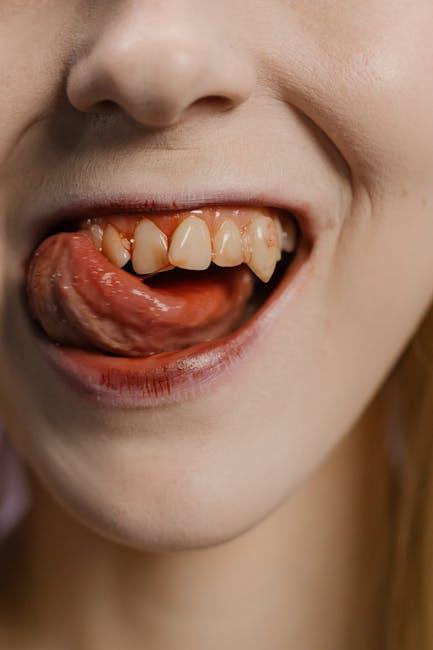
Does Medicaid Cover Dental? Orthodontics, Common Procedures & State Coverage
If you’re wondering, does Medicaid cover dental care?, you’re not alone. Dental health is a vital part of overall wellness, yet understanding what Medicaid covers can be confusing since benefits vary widely by state and individual eligibility. Whether you’re curious about orthodontics, common dental procedures, or how different states handle dental coverage, this article breaks down everything you need to know in a clear, user-friendly way.
Understanding Medicaid Dental Coverage Basics
Medicaid is a state and federally funded program that provides health coverage for eligible low-income individuals. While all states are required to provide dental benefits for children under the age of 21 as part of the mandatory Early and Periodic Screening, Diagnostic, and Treatment (EPSDT) benefit, adult dental coverage is optional and varies significantly from state to state.
Who Is Eligible for Medicaid Dental Benefits?
- Children (under 21): Coverage is federally mandated and usually includes comprehensive dental care.
- Adults (21 and over): Dental benefits may be limited or absent depending on the state Medicaid program.
- Pregnant Women: Some states offer expanded dental benefits during pregnancy due to increased oral health risks.
Common Dental Procedures Covered by Medicaid
Medicaid dental coverage typically includes a range of procedures, but what is covered will depend on your state’s Medicaid policy.
Typical Covered Dental Services for Children
- Routine dental exams and cleanings
- X-rays
- Fillings and cavity treatment
- Extractions
- Root canals
- Sealants
- Orthodontics in certain medically necessary cases
Common Adult Dental Procedures Sometimes Covered
- Emergency dental treatment (such as tooth extractions for severe pain)
- Routine dental exams and cleanings (in some states)
- Fillings and basic restorative procedures
- Periodontal treatment (gum disease care)
- Dentures and partial dentures
Does Medicaid Cover Orthodontics?
Orthodontic coverage under Medicaid is generally more limited than other dental services. It often depends on whether the orthodontic treatment is medically necessary rather than cosmetic.
What Does “Medically Necessary” Orthodontics Mean?
Medicaid may cover orthodontic procedures if the treatment corrects serious health issues such as:
- Severe malocclusion (bad bite) impacting eating or speech
- Cleft lip or palate repair
- Other craniofacial deformities
Cosmetic orthodontics, such as braces simply for appearance, are rarely covered under Medicaid.
State-by-State Variation in Orthodontic Coverage
| State | Orthodontic Coverage for Children | Orthodontic Coverage for Adults | Notes |
|---|---|---|---|
| California | Covered if medically necessary | Not covered | Strong pediatric coverage |
| New York | Covered | Limited coverage | Increased adult benefits |
| Texas | Basic coverage only | Minimal or none | Focus on emergency care |
| Florida | Limited coverage | No coverage | Mostly emergency services |
| Illinois | Covered with prior approval | Rarely covered | Case-by-case basis |
How to Check Your State’s Medicaid Dental Coverage
Each state manages its own Medicaid program, which means benefits can vary significantly. To find out what dental benefits your state covers:
- Visit your state’s Medicaid website.
- Look specifically for the dental services section or dental provider page.
- Contact your Medicaid caseworker or customer service line.
- Consult with dental providers who accept Medicaid.
- Review your Medicaid handbook or summary of benefits.
Benefits of Medicaid Dental Coverage
- Early Intervention: Dental coverage allows children and adults to detect problems early, reducing costly complications.
- Improved Health Outcomes: Good oral health is linked to overall wellness, reducing risks of heart disease, diabetes, and infections.
- Financial Relief: Medicaid covers many treatments that would otherwise be expensive or inaccessible for low-income families.
- Access to Preventive Care: Regular cleanings and check-ups improve long-term oral health and reduce emergency dental visits.
Practical Tips to Maximize Your Medicaid Dental Benefits
- Schedule Routine Visits: Regular dental check-ups are often covered and help prevent more serious issues.
- Choose Medicaid-Approved Dentists: Always confirm your dentist accepts Medicaid to avoid out-of-pocket costs.
- Understand Prior Authorization: Some procedures, especially orthodontics, require prior approval—plan accordingly.
- Know Your Limits: Familiarize yourself with Medicaid’s coverage limits, co-pays, and annual maximums in your state.
- Explore Supplemental Dental Plans: If adult dental benefits are limited, look into supplemental dental insurance or discount plans.
Conclusion
So, does Medicaid cover dental care? The answer depends largely on your age, medical needs, and state of residence. Children and teens generally have comprehensive dental benefits under Medicaid, including some orthodontic coverage when medically necessary. Adults, however, face much more variability, with many states only offering emergency dental care or limited services.
By understanding what Medicaid covers and navigating your state’s policies carefully, you can access essential dental care to maintain your oral health without financial stress. For up-to-date information and personalized assistance, always consult your state Medicaid office or trusted healthcare advisor.
For more detailed resources on Medicaid and dental coverage, visit Healthinsurance.org, your guide to making informed health insurance decisions.


